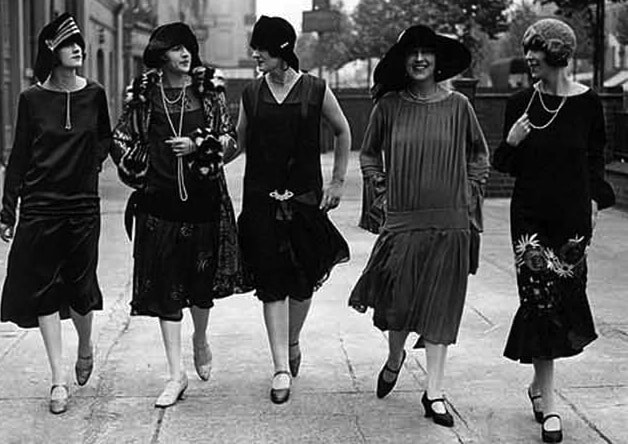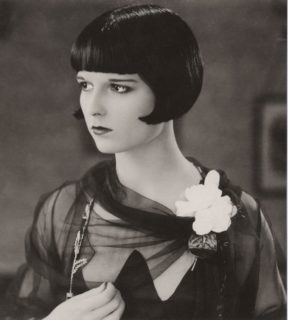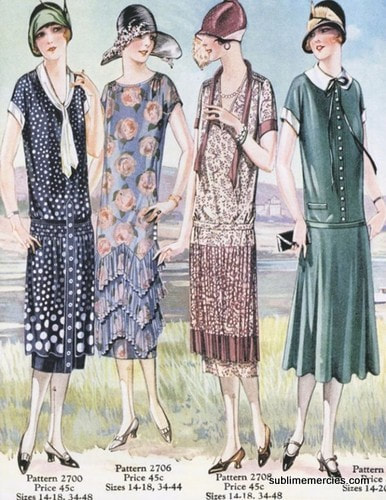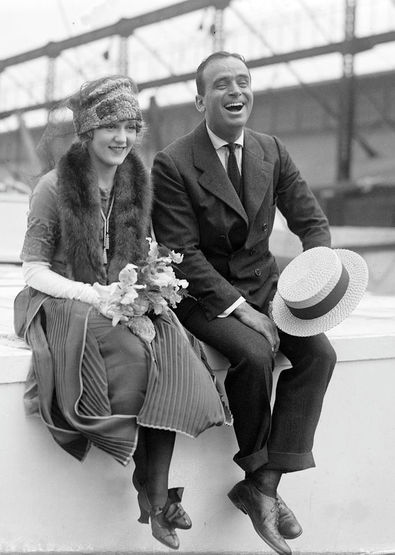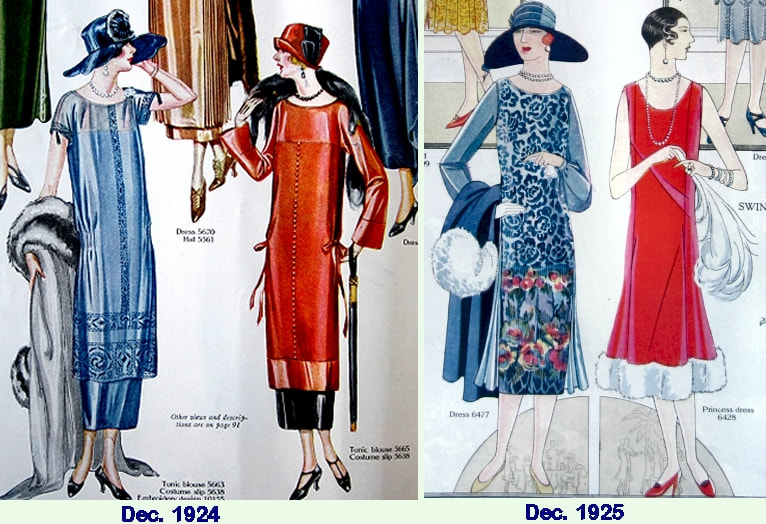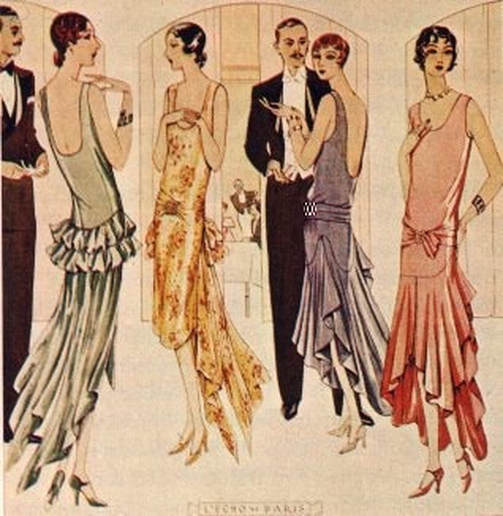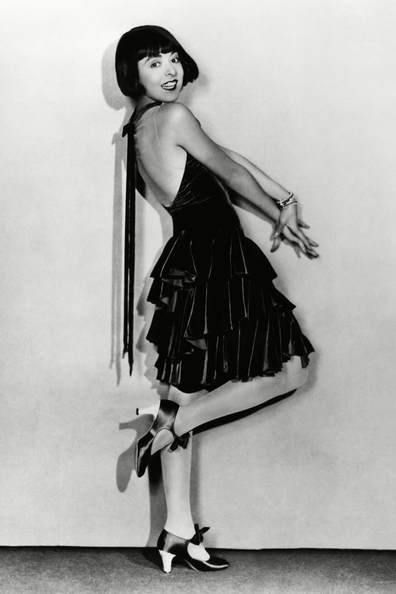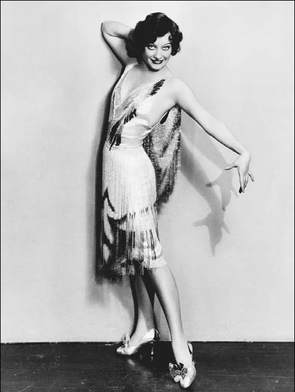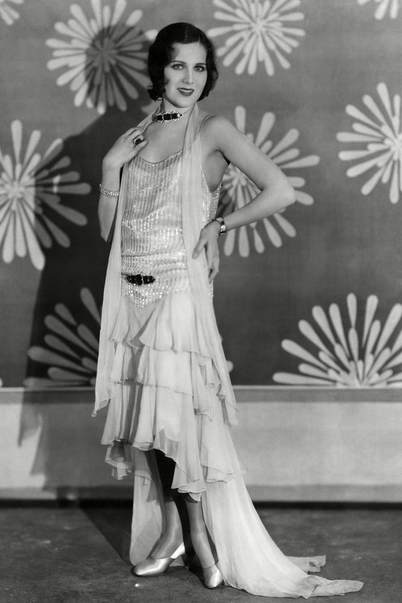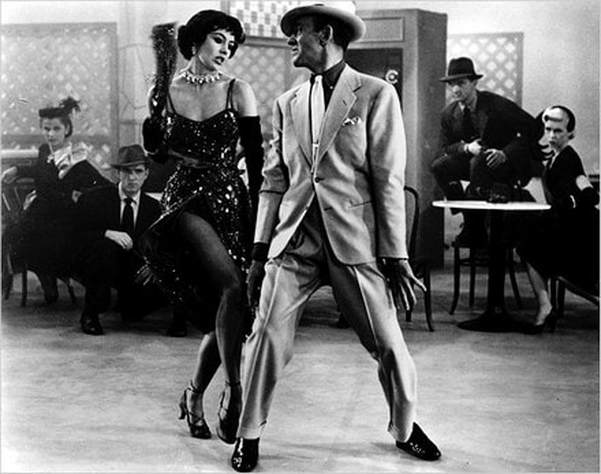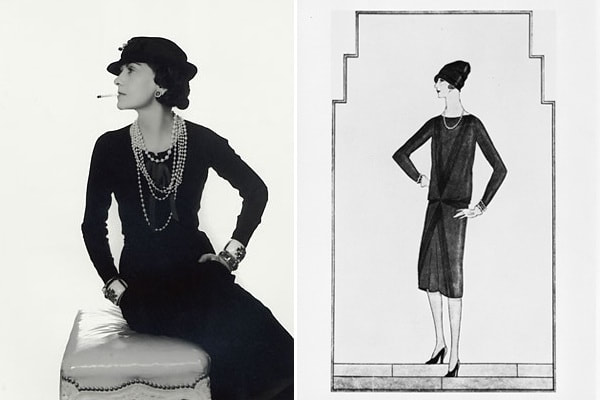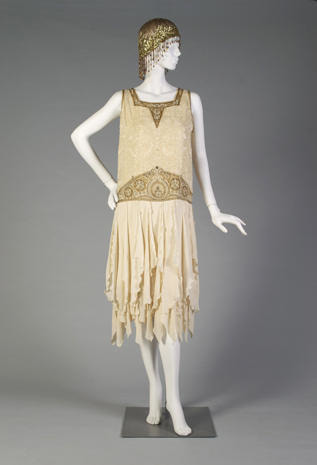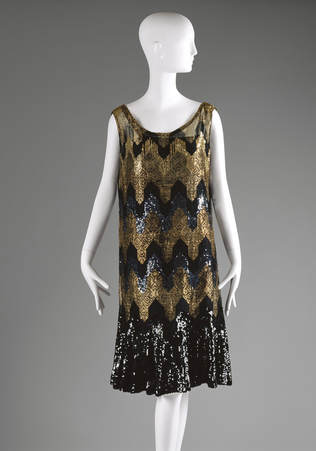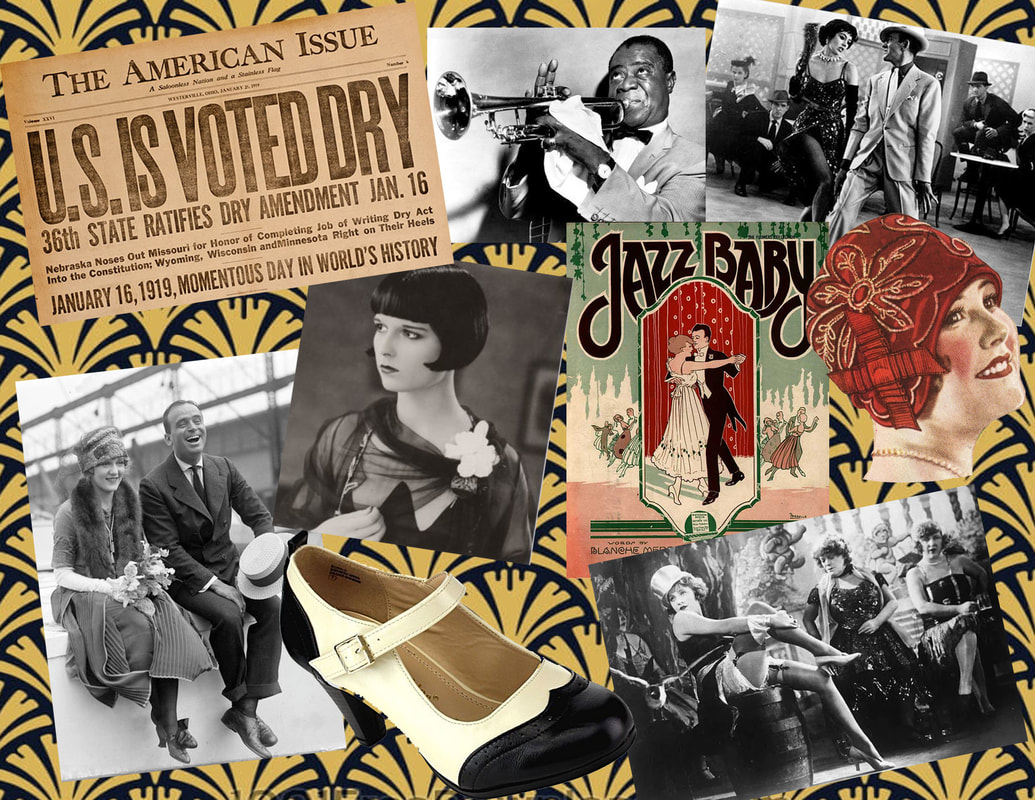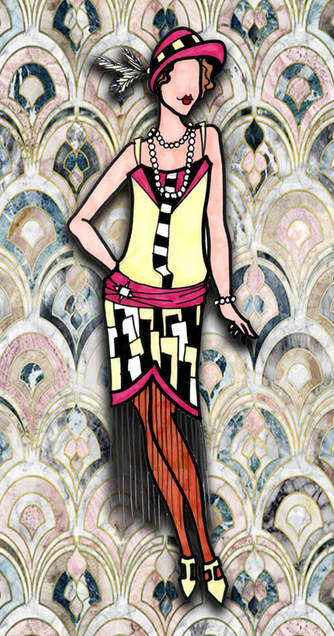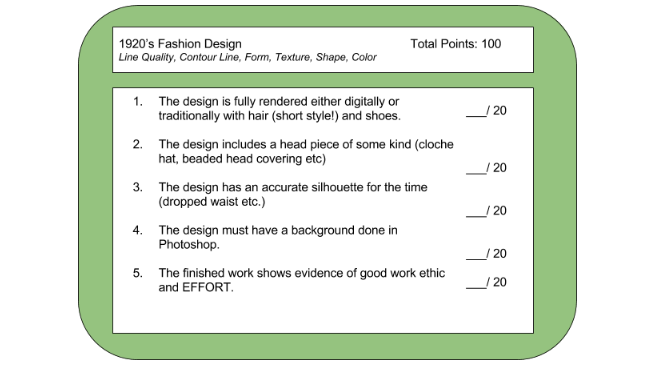|
The 1920's is the decade in which fashion entered the modern era. It was the decade in which women first abandoned the more restricting fashions of past years and began to wear more comfortable clothes (such as short skirts or trousers). Men also abandoned highly formal daily attire and even began to wear athletic clothing for the first time. The suits men wear today are still based, for the most part, on those worn in the late 1920's.
For the first time in centuries, women's legs were seen with hemlines rising to the knee and dresses becoming more fitted. A more masculine look became popular, including flattened breasts and hips, short hairstyles such as the bob cut, Eton crop, and the Marcel wave. The fashion was bohemian and forthcoming for its age. |
|
Post War Boom!
After World War I, the United States entered a prosperous era and, as a result of its role in the war, came out onto the world stage. Social customs and morals were relaxed in the optimism brought on by the end of the war and the booming of the stock market. Women were entering the workforce in record numbers. The nationwide prohibition on alcohol was ignored by many. There was a revolution in almost every sphere of human activity. Fashion was no exception; as women entered the workforce and earned the right to vote, fashion trends became more accessible, masculine, and practical. Flappers were a popular name given to women of this time because of what they wore. The constrictive corset, an essential undergarment to make the waist thinner, became a thing of the past! |
Boyish Figure
Undergarments began to transform after World War I to conform to the ideals of a flatter chest and more boyish figure. The women's rights movement had a strong effect on women's fashions. Most importantly, the confining corset was discarded, replaced by a chemise or camisole and bloomers, later shortened to panties or knickers. During the mid-1920's, all-in-one lingerie became popular. Hats still remained popular and the cloche hat style was the most popular. Hair styles were bobbed and cut short to further emphasize the change to a more masculine look.
Undergarments began to transform after World War I to conform to the ideals of a flatter chest and more boyish figure. The women's rights movement had a strong effect on women's fashions. Most importantly, the confining corset was discarded, replaced by a chemise or camisole and bloomers, later shortened to panties or knickers. During the mid-1920's, all-in-one lingerie became popular. Hats still remained popular and the cloche hat style was the most popular. Hair styles were bobbed and cut short to further emphasize the change to a more masculine look.
Fabrics and Fastening
The technological development of new fabrics and new means of fastening clothing affected fashions of the 1920's. Natural fabrics such as cotton and wool were the abundant fabrics of the decade. Silk was highly desired for its luxurious qualities, but the limited supply made it expensive. In the late 19th century, "artificial silk" was first made from a solution of cellulose in France. After being patented in the United States, the first American plant began production of this new fabric in 1910; this fiber became known as rayon. Rayon stockings became popular in the decade as a substitute for silk stockings. Many garments before the 1920's were fastened with buttons and lacing, however, during this decade, the development of metal hooks and eyes meant that there were easier means of fastening clothing shut. Hooks and eyes, buttons, zippers, and snaps were all utilized to fasten clothing.
The technological development of new fabrics and new means of fastening clothing affected fashions of the 1920's. Natural fabrics such as cotton and wool were the abundant fabrics of the decade. Silk was highly desired for its luxurious qualities, but the limited supply made it expensive. In the late 19th century, "artificial silk" was first made from a solution of cellulose in France. After being patented in the United States, the first American plant began production of this new fabric in 1910; this fiber became known as rayon. Rayon stockings became popular in the decade as a substitute for silk stockings. Many garments before the 1920's were fastened with buttons and lacing, however, during this decade, the development of metal hooks and eyes meant that there were easier means of fastening clothing shut. Hooks and eyes, buttons, zippers, and snaps were all utilized to fasten clothing.
|
The Jazz Age
“The Jazz Age”, a term coined by F. Scott Fitzgerald, was a phrase used to represent the mass popularity of jazz music during the 1920's. Both jazz music and dance marked the transition from the archaic societal values of the Victorian era to the arrival of a new youthful modernistic society. Jazz gained much of its popularity due to its perceived exoticism, from its deep African roots to its melodic and soulful rhythm. The music itself had quite an alluring effect on the new youthful society and was considered to be the pulse of the 1920's. In fact, jazz music and the Charleston dance are responsible for the origin of the iconic term “flapper”, a group of new socially unconventional ladies. Jazz music sparked the need to dance, and dance sparked the need for new clothing, primarily for ladies. . Dress and skirt hems became shorter in order to allow the body to move easier. In addition, decorative embellishments on dresses such as fringe threads swung and jingled in sync with the movement of the body. Lastly, the use of glossy and ornate textiles mirrored light to the tempo of jazz music and dance. |
|
Coco Chanel
One of the first women to wear trousers, cut her hair, and reject the corset was Coco Chanel. Probably the most influential woman in fashion of the 20th century, Coco Chanel did much to further the emancipation and freedom of women's fashion. She was a fashion designer, business owner and entrepreneur before women were widely doing this. She is credited with the invention of the "Little Black Dress" a vital staple in every woman's wardrobe. |
Assignment # 1
Copy and paste the following questions into a new slide in your google slide presentations and answer them in complete sentences. Please feel free to research on the internet for any answers you are unsure about.
Copy and paste the following questions into a new slide in your google slide presentations and answer them in complete sentences. Please feel free to research on the internet for any answers you are unsure about.
- How did women's fashion change in the 1920's?
- How did men's fashion change in the 1920's?
- How did the end of World War 1 effect fashion and society?
- As a result of women entering the workforce, how did female fashion change to accommodate that?
- What was the popular silhouette and style of the time?
- Why was clothing easier to wear in the 1920's?
- Why was the Jazz Age such a shift culturally and socially from the Victorian era?
- How did women's fashion change as a result of the jazz age?
- What made Coco Chanel unique and revolutionary?
|
Assignment # 2: Mood Board
Create a mood board of at least 10 1920's images. Don't just limit it to 1920's fashions. Think music, art, fashion, movies, newspaper headlines etc www.youtube.com/watch?v=_OdQJFUoFLQ&feature=youtu.be |
|
|
Assignment #3: Design
You are to design your own original 1920's design. It must include the following:
|
